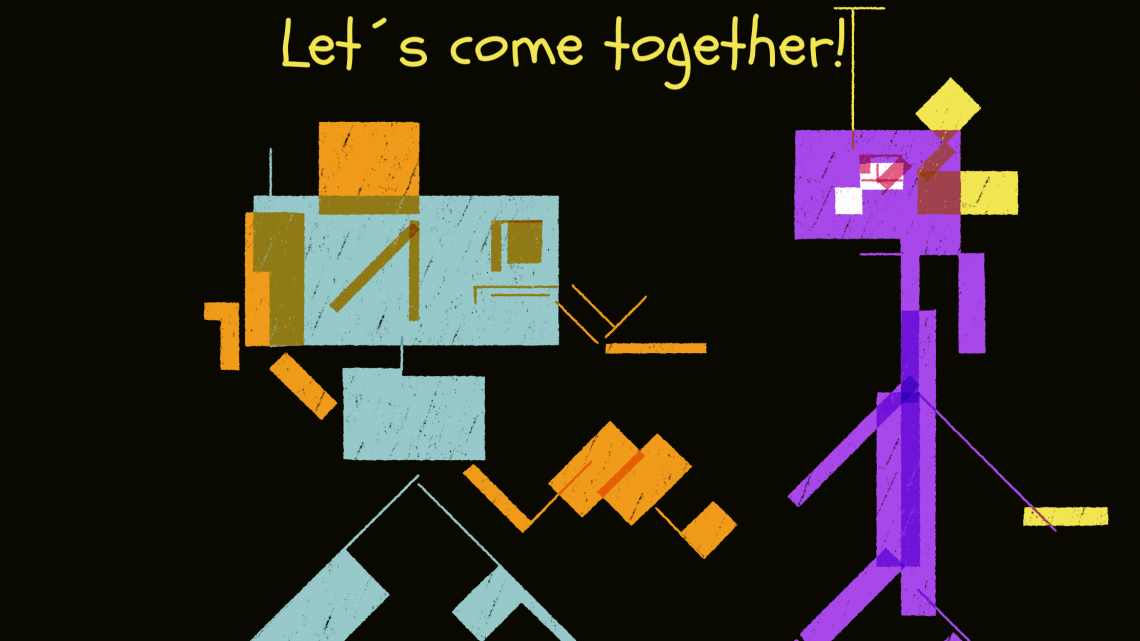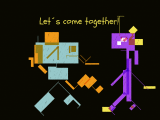
When robots „mate“ – the goals of evolutionary robotics (Part 1)
11. Dezember 2019When robots „mate“ – the goals of evolutionary robotics (Part 1)
Berlin, 11.12.2019
From Horst Buchwald
Alison Gopnik obviously had strange ideas or had she drunk too much alcohol? In a recent interview with „Wired“, when asked what evolutionary robotics is, she replied, „What you need is a small, helpless, not very strong robot that can’t destroy things very badly, and that’s being taken care of by someone else.“ Words from another world? All right? You’re trying to think your way in, that’s where the professor of psychology at the University of California, Berkeley, comes in with the next point: „And then it turns into a system capable of actually going out and doing things in the world.“
In other words, AI researchers have developed several methods to teach a robot how to learn and use something new.
In some cases, they teach the robot the task step by step. In others, they create an environment in which robots can try out a lot of things and then achieve a goal. A passive, helpless baby robot that cannot take a step alone without its caregiver becomes a „boy“ driven by curiosity who now wants to discover the world – the ideal case.
But Gopnik thinks that the methods used so far do not arouse „curiosity“ in the robots. It’s better to „create environments in which robots can play safely and see where their curiosity leads them – similar to daycare centers, where young people learn how to navigate the world by trying out seemingly nonsensical things. „It may be that we need robots that have a childhood.
This brings us closer to the point. Darwin is the keyword. These evolutionary researchers are obsessed with the ultimate goal of designing artificial intelligence and robots that analyze their own source code and „mate“ with others by combining parts of their code with that of other robots – thus creating „descendants. As biological life evolves towards more fitness, the offspring of these robots may also be better adapted to their environment.
Spinning? Freaky visionary?
Computer scientists at the Vrije Universiteit Amsterdam have developed a simplified system that shows how future robots can exchange and combine their „genetic“ information.
Their most recent research, published in Nature Machine Intelligence, in which two parent robots were programmed to encode a new „offspring“, showed that the resulting offspring contained a mixture of the parents‘ code and some modules that in themselves seemed to mutate or be mixed.
„It gives you a lot of variety, and it gives you the opportunity to explore areas of a design space you wouldn’t normally be immersed in,“ explained David Howard, one of the project’s scientists. In about twenty years, Howard imagines that scientists could produce cheap robots on a massive scale, go out and try to accomplish a certain task – and then „breed“ those who are more successful into a new generation of robots that become more and more experienced. „One of the things that make natural evolution strong is the idea that it can truly specialize a creature in an environment,“ Howard said.
(Part 2 follows)


